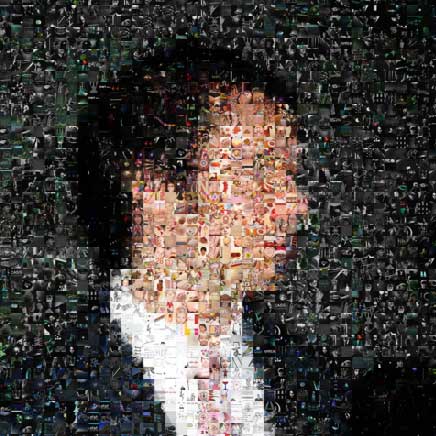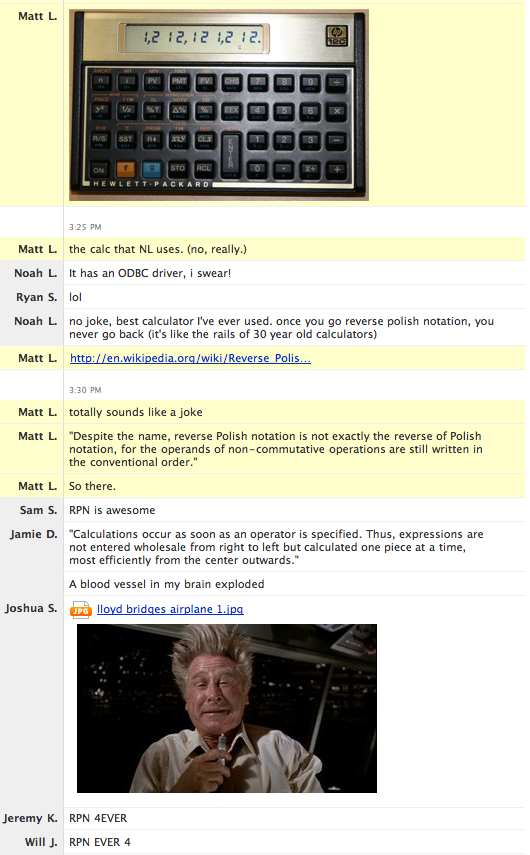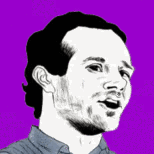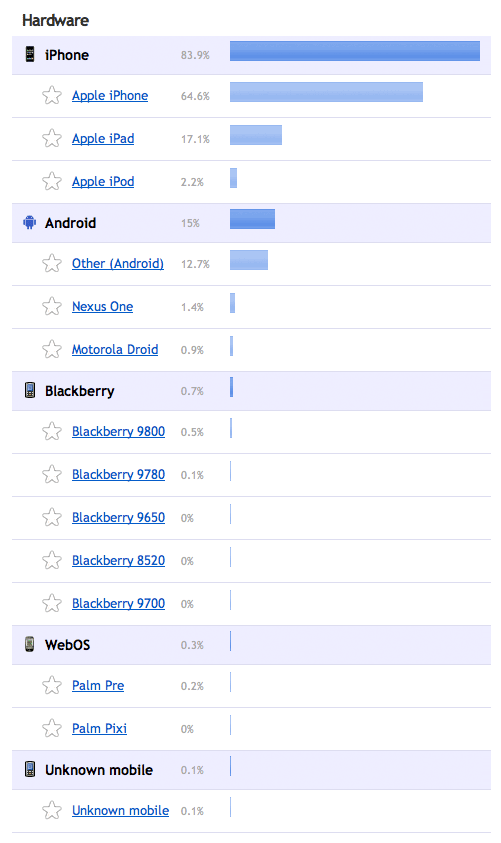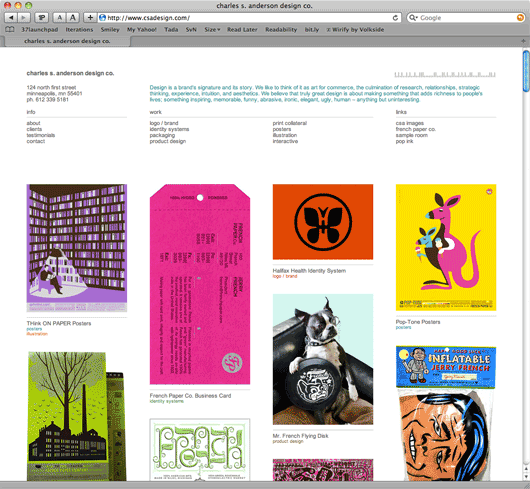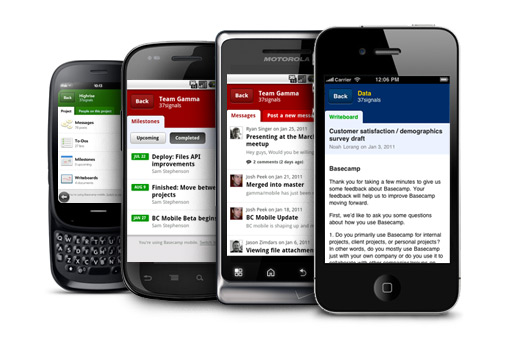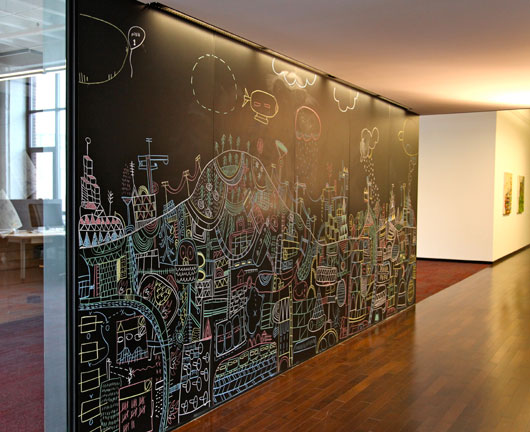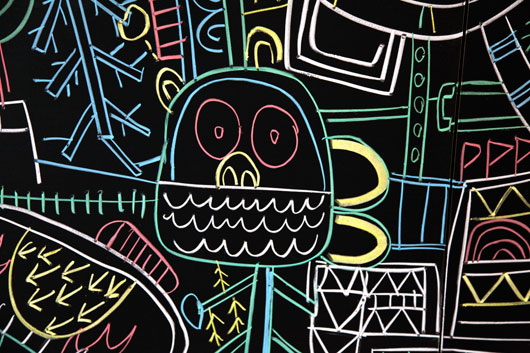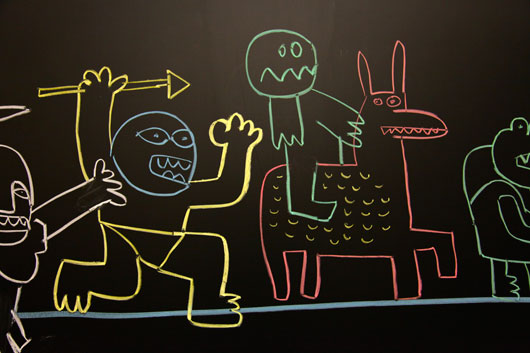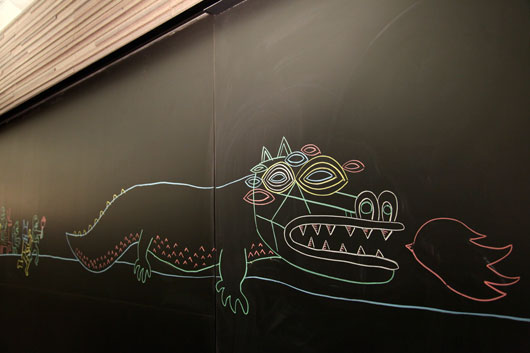Some recent posts at the 37signals Product Blog:
Basecamp
Flash & Flex Developer’s Magazine has a new issue out on Project Management and p. 20-29 offer an in-depth introduction to using Basecamp. Another way to learn about Basecamp: Webucator offers a training class.
A neat tip: You can use the new Basecamp Mobile UI as a Fluid menu bar app on your computer. That way you can get a quick view of your Basecamp projects straight from your menu bar. Instructions.
Basecamp Mobile isn’t the only option for using Basecamp on your phone. Ascent is a Windows Phone 7 mobile client for Basecamp. Kompass, a Basecamp portal for smartphones, is now in free public beta. Summit, a third-party iPhone app for Basecamp, got an update (plus it’s half off for a limited time). QuickFire lets you easily add To-Dos into Basecamp from your iPhone.
Other Basecamp Extra news: Get access to your messages and to-dos inside Raven. Are My Sites Up White Label, a website monitoring service, now syncs with Basecamp and Highrise. And Geckoboard delivers a real-time status board for your business that integrates with Basecamp.
Highrise
Lots of Highrise Extras to report on too: Tout lets you templatize repetitive emails so you can avoid endless copying-and-pasting and integrates with Highrise so the people you pitch to are automatically added to your contacts. Ideaffect.com is “suggestion box” software that integrates with Highrise. Zopim Live Chat integrates with Highrise too. So does Bidsketch, proposal software for designers. And WeMakeProjects Gmail gadget does too.
Case studies
In one year, ProductiveMuslim.com grew exponentially, managing a global team of volunteers covering Egypt, Turkey, Saudi Arabia, India, Canada and UK and over 20,000 fans worldwide with the help of 37signals products. Top Test Prep boosts conversion rates with Highrise and tracks progress with Basecamp. And DTS International says, “The 37signals Suite takes the useless shit and clutter out of productivity solutions.”
Backpack
Pouch is a third-party iPhone/iPad app for Backpack. Packrat, an offline Backpack client, got a major upgrade.
Campfire
This fun video from Zach Holman on Automating Inefficiencies shows some neat ways to waste time get creative in Campfire:
I decided to do one on some of the tools I use most in my day-to-day interactions with the rest of GitHub: Campfire, my dotfiles, and boom. By combining all of these together, we can successfully make your company’s chat room super inefficient. Apply some programming and boom, you’re suddenly automating inefficiencies.
Miscellaneous
We’ll be retiring our support of OpenID on May 1. What we’ve learned over the past three years is that it didn’t actually make anything any simpler for the vast majority of our customers. Today we have 37signals ID that provides the same functionality with none of the headaches.


